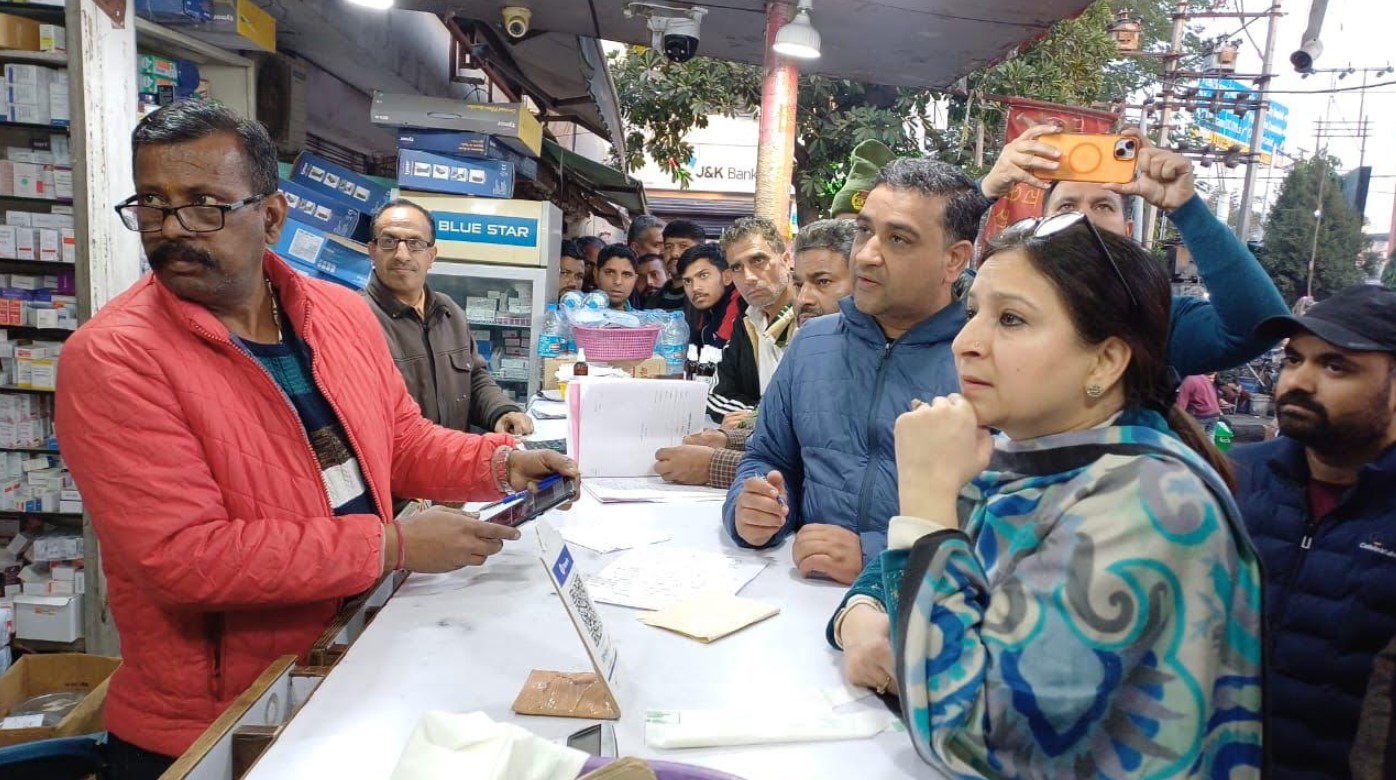Chandrayaan-2 will help India test the technologies fordeep-space missions
A decade after the first successful mission to the moon withChandrayaan-1, the Indian Space Research Organisation successfully launched itssequel, Chandrayaan-2, to further explore the earth’s natural satellite.Earlier this year, China landed a robotic spacecraft on the far side of themoon, in a first-ever attempt. Now India is attempting a similar feat — to landits rover Pragyan in the moon’s South Polar region, attempted so far by none.The equatorial region has been the only one where rovers have landed andexplored. The launch by itself is a huge achievement considering that it is thefirst operational flight of the indigenously developed Geosynchronous SatelliteLaunch Vehicle Mark-III (GSLV Mark-III) to send up satellites weighing up tofour tonnes. The orbiter, the lander (Vikram) and the rover (Pragyan) togetherweigh 3.87 tonnes. Having reached the earth parking orbit, the orbit of theChandrayaan-2 spacecraft will be raised in five steps or manoeuvres in thecoming 23 days before it reaches the final orbit of 150 x 1,41,000 km. It is inthis orbit that Chandrayaan-2 will attain the velocity to escape from theearth’s gravitational pull and start the long journey towards the moon. A weeklater, on August 20, the spacecraft will come under the influence of the moon’sgravitational pull, and in a series of steps the altitude of the orbit will bereduced in 13 days to reach the final circular orbit at a height of 100 km. Thenext crucial step will be the decoupling of the lander (Vikram) and the rover(Pragyan) from the orbiter, followed by the soft-landing of the lander-rover inthe early hours of September 7. Despite the postponement of the launch fromJuly 16 owing to a technical snag, the tweaked flight plan has ensured that thePragyan robotic vehicle will have 14 earth days, or one moon day, to explore.
Unlike the crash-landing of the Moon Impact Probe on theChandrayaan-1 mission in November 2008, this will be the first time that ISROis attempting to soft-land a lander on the earth’s natural satellite. A seriesof braking mechanisms will be needed to drastically reduce the velocity of theVikram lander from nearly 6,000 km an hour, to ensure that the touchdown issoft. The presence of water on the moon was first indicated by the Moon ImpactProbe and NASA’s Moon Mineralogy Mapper on Chandrayaan-1 a decade ago. Theimaging infrared spectrometer instrument on board the orbiter will enable ISROto look for signatures indicating the presence of water. Though the TerrainMapping Camera on board Chandrayaan-1 had mapped the moon three-dimensionallyat 5-km resolution, Chandrayaan-2 too has such a camera to produce a 3-D map.But it will be for the first time that the vertical temperature gradient andthermal conductivity of the lunar surface, and lunar seismicity, will bestudied. While ISRO gained much with the success of Chandrayaan-1 andMangalyaan, the success of Chandrayaan-2 will go a long way in testing thetechnologies for deep-space missions.
Leave a comment
Your email address will not be published. Required fields are marked *



